WORKSHOPS AND PRESENTATIONS PAGE
Sarah Flacks ’s workshops and lectures are interactive, dynamic and designed to meet the needs of a diverse audience. Most of these workshops can be done on-farm or in a classroom as a whole or half day workshop. They can also be offered as a one to two hour power point presentation. I don’t have time to keep the calendar of workshops and events up to date, but here is a list of some of the workshops I’ve done in recent years.
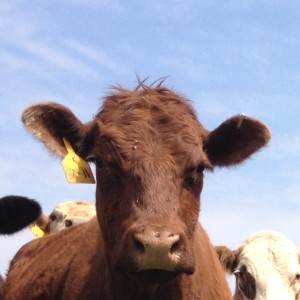 The Creative Application of Grazing Science
The Creative Application of Grazing Science
As part of the background research of one of her books, The Art and Science of Grazing Management, Sarah Flack toured a series of grass-based farms in the Eastern US and Europe. In this workshop, Sarah will show how the core principals of good grazing management–including careful planning, observation and monitoring–are being applied in very unique ways on different farms in different climates and regions using creative application of grazing system design, infrastructure, stocking densities, and plant species selection.
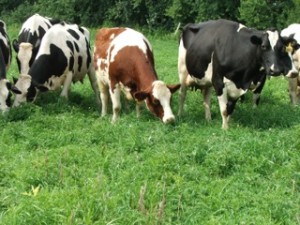 The Graziers Tool Box – improving pasture productivity and quality
The Graziers Tool Box – improving pasture productivity and quality
This workshop will discuss how to use the basic “tools” of grass farming to feed our livestock and improve the pastures. Topics will include different stocking rates, stock densities and trampling. We will also talk about how allowing plants more or less time to regrow, the use of shorter or taller pre grazing heights and the amount of residual pasture left behind effects the animals, soils and plants. By better understanding, and using these “graziers tools” we can change the pasture plant species composition, pasture productivity & quality, soil health, and livestock performance.
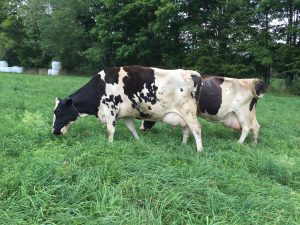 Observations on the Grass-Fed Dairy Production Model
Observations on the Grass-Fed Dairy Production Model
What can we learn about the challenges, solutions and innovations on the growing number of 100% grassfed dairy farms? This workshop will cover strategies to maximize forage dry matter intake, monitor livestock and pasture performance, and use both old and new technologies to better understand and manage all forage dairy farms. This information is also available in one of the most recent books co-authored by Sarah on grass-fed dairy production.
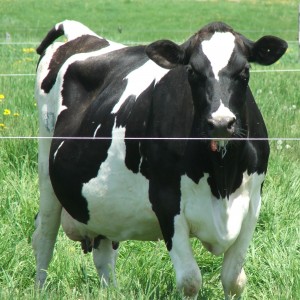 Key Principals of Well Managed Grazing Systems
Key Principals of Well Managed Grazing Systems
What are your livestock and pastures telling you about your grazing management system? This workshop will cover the basic principals of good grazing management systems, first from the perspective of the plants, and then from the perspective of the livestock. Once we put those two important pieces together, we will discuss how to monitor pastures and animals so that we can maximize dry matter intake from pasture and use grazing to improve pasture quality and productivity.
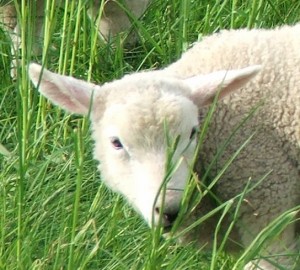 Maximizing pasture intake
Maximizing pasture intake
Increasing pasture intake is essential for higher rates of gain in finishing animals, better body condition & more milk from lactating animals. In this workshop we will discuss methods to manage & monitor pastures & animals to maximize dry matter intake pasture while using grazing to improve pasture quality & productivity.
 Basic Pasture Management
Basic Pasture Management
Covers the fundamentals of what you need to know to set up a new grazing system, or improve an existing one. Using practical examples of grazing systems, we’ll discuss pasture plant species and how to manage to keep desirable plants growing vigorously as well as what can be done with livestock and fence to transform the types of plants in your pasture to productive high quality livestock feed without expensive plowing and planting. Topics include plant species, grazing methods, fence, water systems, pasture design and layout, and how to calculate paddock sizes and the number of acres you’ll need.
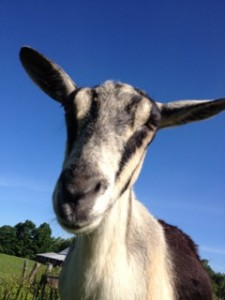 Preventing Grazing Pitfalls: Learning from our livestock and pastures
Preventing Grazing Pitfalls: Learning from our livestock and pastures
Grass based organic farmers know the importance of pasture as the primary feed source for their cattle. But part of managing pastures well is honing our observation skills to assess what the plants and animals are telling us about their health. In this workshop, we will review the key grazing principles that help your cattle maximize dry matter intake from pastures and avoid potential problems. We will also learn how to observe the livestock, their manure, and pasture plants to determine the health of your pasture management.
 Grazing School
Grazing School
In this 9 to 5 workshop we will spend the morning on the basic principals of good grazing management systems. Topics will include grazing and non grazing adapted plant species, soils and management systems that improve pasture quality and productivity. Using examples of real farm grazing systems we will cover system design, fence, water systems, lanes, paddock sizing and acreage requirements. In the afternoon we will go into more depth in our discussion of how to use different stocking densities, pre and post grazing heights, length of rest periods, different plant species to improve pasture and maximize dry matter intake from pasture. We will use photos of pastures and cows to talk about how to observe and monitor pastures and cattle so that we can better understand if our grazing systems are working the way we want them to.
 Multi Species Grazing
Multi Species Grazing
Should you graze your sheep with your cows, or should you use a leader follower system? And what is the difference between an egg-mobile and a chicken tractor? Does multi species grazing really help with parasite management? We’ll answer these questions and more at this workshop on multi species grazing systems. Topics will include fencing and pasture water systems for cows, horses, goats, sheep, pigs and poultry and many of the different designs of chicken tractors, egg-mobiles and pig-erators. We’ll discuss how each type of animal grazes, and the best ways to manage their pastures to keep your animals healthy and the pastures productive.
 Sheep and Goat Pasture Management
Sheep and Goat Pasture Management
This workshop will cover all the information you need to design a grazing system for your sheep or goat flock. We’ll cover pasture quality, plant species, using mob stocking to convert brush into pasture, paddock size calculations, fences, watering systems, internal parasites, predator control and more.
 Mob Stocking — Clearing Brush and Renovating Pastures with Sheep and Goats
Mob Stocking — Clearing Brush and Renovating Pastures with Sheep and Goats
How can you convert brush and weeds to high quality pastures without mowing, bulldozing, plowing or reseeding? This workshop covers the basic principals of grazing management and mob stocking as a method of plant species conversion.
 Fine Tuning Your Grazing System
Fine Tuning Your Grazing System
This session uses real on-farm examples to help us learn how to “listen” to what our farms, pastures and animals are telling us. Observing plants, soil, animals and the interactions between them can guide us to improve the conversion of sunlight into high quality plants and healthy livestock through good grazing management. Topics will include pasture condition scoring and monitoring, grazing management techniques, pasture ecology, and the use of fence, water system, lanes and different stocking densities and re-growth periods.
 What You Need to Know Before
What You Need to Know Before
You Transition Your Dairy Farm to Organic
This workshop will be a discussion of what to consider before making the transition to certified organic dairy production and what resources are available to help farmers making the transition. We will answer questions and give an overview of topics including: finding a market, organic health care, high quality forages from fertile soils, records required to meet organic standards, maintaining milk quality, understanding the organic standards, finding sources of certified feed as well as approved soil amendments and health care products, developing a good relationship with a supportive local veterinarian and other resource people, as well as developing a clear understanding of the cost of transitioning and long term organic production.
 The Role of Grazing in Organic Farming
The Role of Grazing in Organic Farming
This presentation will cover the national organic program standards, how to include pasture in your organic transition, and common pitfalls to avoid when converting from zero grazing to a grass based system or from continuous to intensive grazing. We’ll also cover several methods to measure and keep records of dry matter intake from pasture and stored forages. Pastures provide a low cost feed, which is particularly helpful for organic dairy farmers. Good grazing management can improve livestock health, resulting in reduced cull rates, longer lived animals, reduced vet bills, and additional income from sales of heifers or sound older cows.